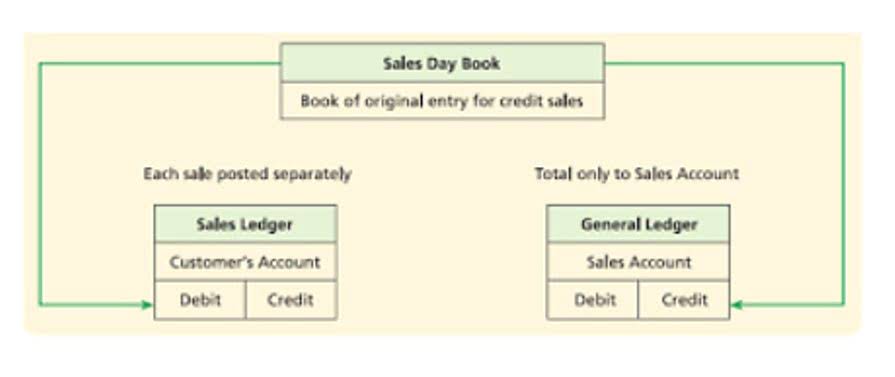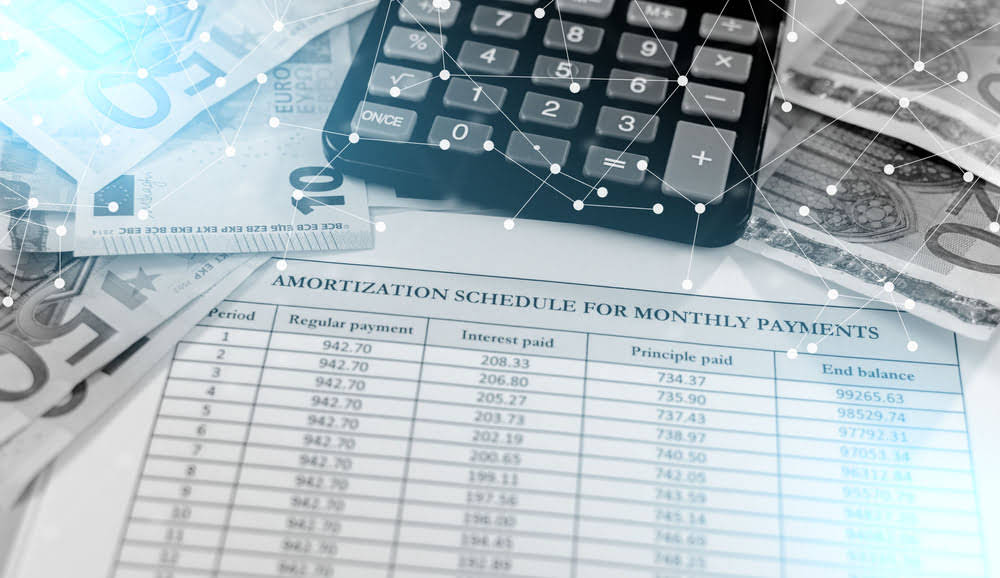
In the world of business, understanding financial metrics is crucial for success. One key performance indicator that drives profitability and informs decision-making is Gross Margin. Sometimes this is unavoidable; you will need to pay for supplies, website hosting, employee salaries, and many other expenses. But by tracking gross margin accounting your expenses, you’ll be able to identify unnecessary expenses that can be trimmed to increase your profit margin. Having said that, you can use a scale of how a business is doing based on its profit margin. A profit margin of 20% indicates a company is profitable, while a margin of 10% is said to be average.

Net income / average total assets

Second, your own ability to keep prices low is a function of how long you can keep burning capital. For those companies in the enviable group deemed “AI winners” by the VC community, financing is pretty cheap today. It’s worth it to raise, burn and build, and optimize the company tomorrow.

Gross margin is a strong indicator of profitability
The infamous bottom line, net income, reflects the total amount of revenue left over after all expenses and additional income streams are accounted for. This includes not only COGS and operational expenses, as referenced above, but also payments on debts, taxes, one-time expenses or payments, and any income from investments or secondary operations. For example, a legal service company reports a high gross margin ratio because it operates in a service industry with low production costs. In contrast, the ratio will be lower for a car manufacturing company because of high production costs. While calculating gross margin can be helpful for evaluating a company’s reporting periods or similar companies, the metric has more limited value when comparing companies in different industries. Capital-intensive industries, like manufacturing and mining, often have high costs of goods sold, which translates to relatively low gross margins.
- Improving gross profit is critical for businesses that want to enhance profitability and operational efficiency.
- Even products that sell a large volume may not be very profitable if they demand a large amount of materials and labor costs.
- And it’s tied closely to current economic conditions and the unemployment rate.
- Gross margin is the amount remaining after a retailer or manufacturer subtracts its cost of goods sold from its net sales.
- This equation looks at the pure dollar amount of GP for the company, but many times it’s helpful to calculate the gross profit rate or margin as a percentage.
- Investors are typically interested in GP as a percentage because this allows them to compare margins between companies no matter their size or sales volume.
- By boosting sales, even if COGS remains constant, the gross margin can see a positive uptick.
Product mix

Gross profit is determined by subtracting the cost of goods sold from revenue. It can then use the revenue to pay other costs or satisfy debt obligations. One of the reasons why some AI apps companies have lower gross margin today is due to a greater reliance on human labor. For those less entrenched in generative AI, this may come as a surprise.
- When a company has a higher profit margin, it means that it operates efficiently.
- But if we compare the ratios between McDonald’s and Wendy’s (two companies operating in the fast-food industry), then we can get an idea of which company enjoys the most cost-efficient production.
- Good gross profits vary by industry, and new businesses typically have a smaller gross profit ratio.
- Gross margin puts gross profit into context by taking the company’s sales volume into account.
- For those companies in the enviable group deemed “AI winners” by the VC community, financing is pretty cheap today.
- Try FreshBooks free to get started tracking your expenses, reducing costs, and growing your gross profit margin today.
Gross profit serves as the financial metric used in determining the gross profitability of a business operation. It shows how well sales cover the direct costs related to the production of goods. Gross margin ratio is often confused with the profit margin ratio, but the two ratios are completely different.
- No matter what type of business you run, taking more time costs more money.
- You then express the result as a percentage by dividing by total revenue and multiplying by 100, similar to gross and net profit margins.
- Shifting consumer tastes and preferences can force companies to adjust their product offerings.
- Profit margin can also be calculated on an after-tax basis, but before any debt payments are made.
Difference Between Gross Margin and Gross Profit

- Banks and investors may ask to see net profits to demonstrate that your company can successfully generate a profit after all costs are accounted for.
- It’s important to keep an eye on your competitors and compare your net profit margins accordingly.
- Gross profit margin is the first of the three major profitability ratios.
- This gives investors a key insight into how healthy the company actually is.
- The gross profit formula is calculated by subtracting total cost of goods sold from total sales.
- When assessing a good gross margin, avoid comparing across industries and instead compare companies of similar size in the same industry.
